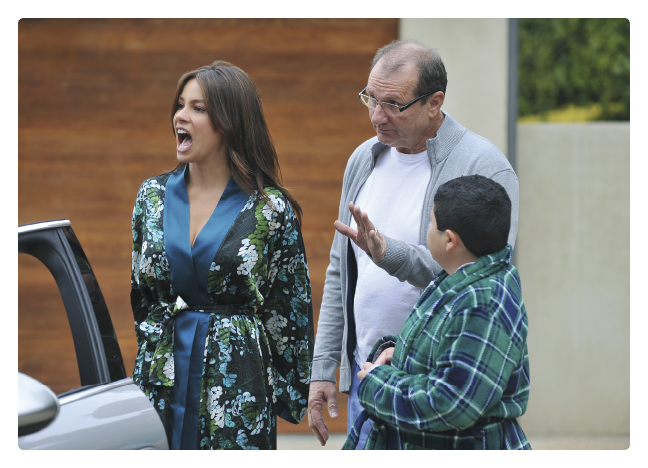Cultural Influences on Communication
Your cultural background differs from that of other people in many ways. One way those differences are expressed is through your communication—such as how you deal with power structures, share emotions, and even view time. Understanding and adapting to such factors will help you communicate more competently.
The hit TV show Modern Family focuses on a California clan whose members have different cultural backgrounds. Euro-American patriarch Jay is married to the (much younger) Gloria, who is originally from Colombia. In addition to their child together, Jay serves as stepfather to Gloria’s son, Manny. Jay’s children from a previous marriage also have families of their own. His son, Mitchell, and Mitchell’s partner, Cam, have an adopted daughter from Vietnam, while Jay’s daughter, Claire, and her goofy husband, Phil, have three children. Given this diversity, interactions between the characters routinely cross lines of age, gender, ethnicity, and sexual orientation—often at the same time. Not surprisingly, there’s a lot of miscommunication stemming from these differences. For example, Gloria speaks with a Colombian accent and often tangles up her English words. On Halloween, she tells Jay he’s “going to be a gargle.” Manny chimes in to clarify, “She means ‘gargoyle.’” Later, when a box of Jesus figurines is mysteriously delivered to their house, Jay realizes the error: he had told Gloria to call his secretary and order a box of baby cheeses.

Shows like Modern Family poke lighthearted fun at cultural differences. However, the real-world communication distinctions between cultures can be profound. Scholars suggest that six cultural characteristics shape our communication: individualism versus collectivism, high and low context, uncertainty avoidance, emotion displays, power distance, and views of time.